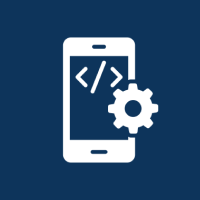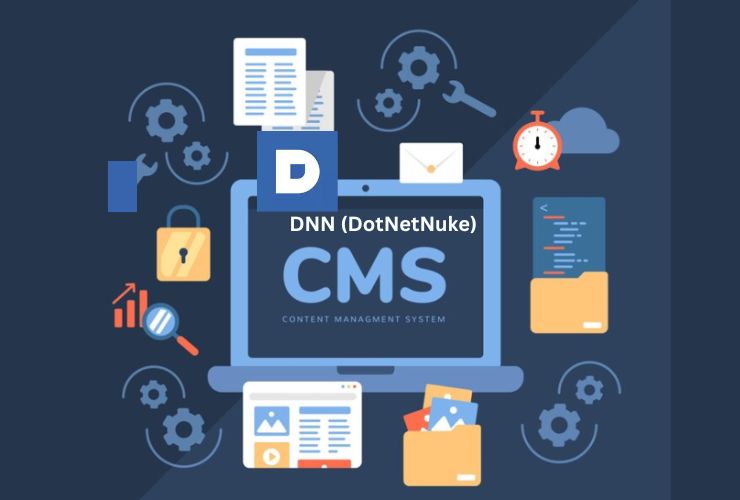Mobile commerce is reshaping eCommerce, making a mobile-friendly Shopify store essential. Optimizing for smartphones enhances user experience, boosts sales, and broadens your audience. Here’s how to create a seamless mobile shopping experience.
1. Begin with a Mobile-Responsive Shopify Theme
A mobile-friendly store starts from choosing the right Shopify theme. There are different responsive themes by Shopify that adapt automatically to screen sizes. Consider themes with fast loading, intuitive design, and smooth navigation on a mobile device. A responsive theme makes your store available on any device.
2. Streamline Navigation and Layout
On smaller screens, the answer is simplicity. Design a simple layout that guides attention towards the most important elements about your products and calls-to-action. Ensure that the navigation menu is intuitive to use and accessible. This will include features such as a sticky header that let customers easily switch between sections, so that minimalistic design will prevent visual clutter.
3. Optimize Product Pages for Mobile Devices
Product pages are the soul of your Shopify store and must be optimized for mobile users:
- Use high-quality, compressed images for fast loading without compromising quality.
- Keep descriptions short and scannable, using bullet points for clarity.
- Include zoom functionality for detailed product viewing.
- Position the “Add to Cart” button prominently for easy access.
4. Simplify the Mobile Checkout Process
A seamless and streamlined checkout process can significantly cut cart abandonment rates. Use Shopify’s mobile-friendly checkout tools to reduce friction:
- Simplify forms by removing unnecessary fields.
- Provide multiple payment options such as Shopify Payments, Apple Pay, and Google Pay for convenience.
- Apply autofill and one-click checkout options where possible.
5. Optimize Pop-Ups for Mobile
Pop-ups are great for promotions but can be intrusive if not handled carefully. Ensure that:
- Pop-ups are small, non-disruptive, and easy to close.
- They load quickly without slowing down the site.
- They offer clear value, such as discounts or exclusive offers, to keep users engaged.
6. Regularly Test Your Mobile Store
Mobile optimization is not a one-time effort. Regular testing ensures your store runs smoothly:
- Use Shopify’s mobile preview feature to see how your site appears on different devices.
- Test page load time, navigation, and checkout to detect and fix problems early.
- Collect user feedback to know the pain points and improve upon them.
7. Improve Mobile Performance
A slow loading mobile store is a potential turn off for buyers. Improve it by:
- Compression of images so that the page loads faster
- Use lazy loading, which will load only visible content
- Remove apps or scripts which are unnecessary and make the site slow
- Tools like Shopify’s “Image Optimizer” can do these automatically.
8. Mobile-Friendly CTAs
Optimize conversions by ensuring mobile-specific CTAs are designed. Use bold and easy-to-click buttons with words like “Shop Now” or “Buy Today” and place them at strategic locations above the fold. The buttons should also be large enough to touch easily on touch screens.
Conclusion
A good Shopify store would consider mobile optimization as essential, considering that the world in general is now mobile-centric. Responsive themes, refined navigation, product pages, and optimized checkout processes are features to give your customers excellent shopping experience on their cellphones, which would see customers returning to your doorstep often. Testing and maintaining optimization for performance will surely leave you ahead of every competitor.













 Database Development
Database Development












































